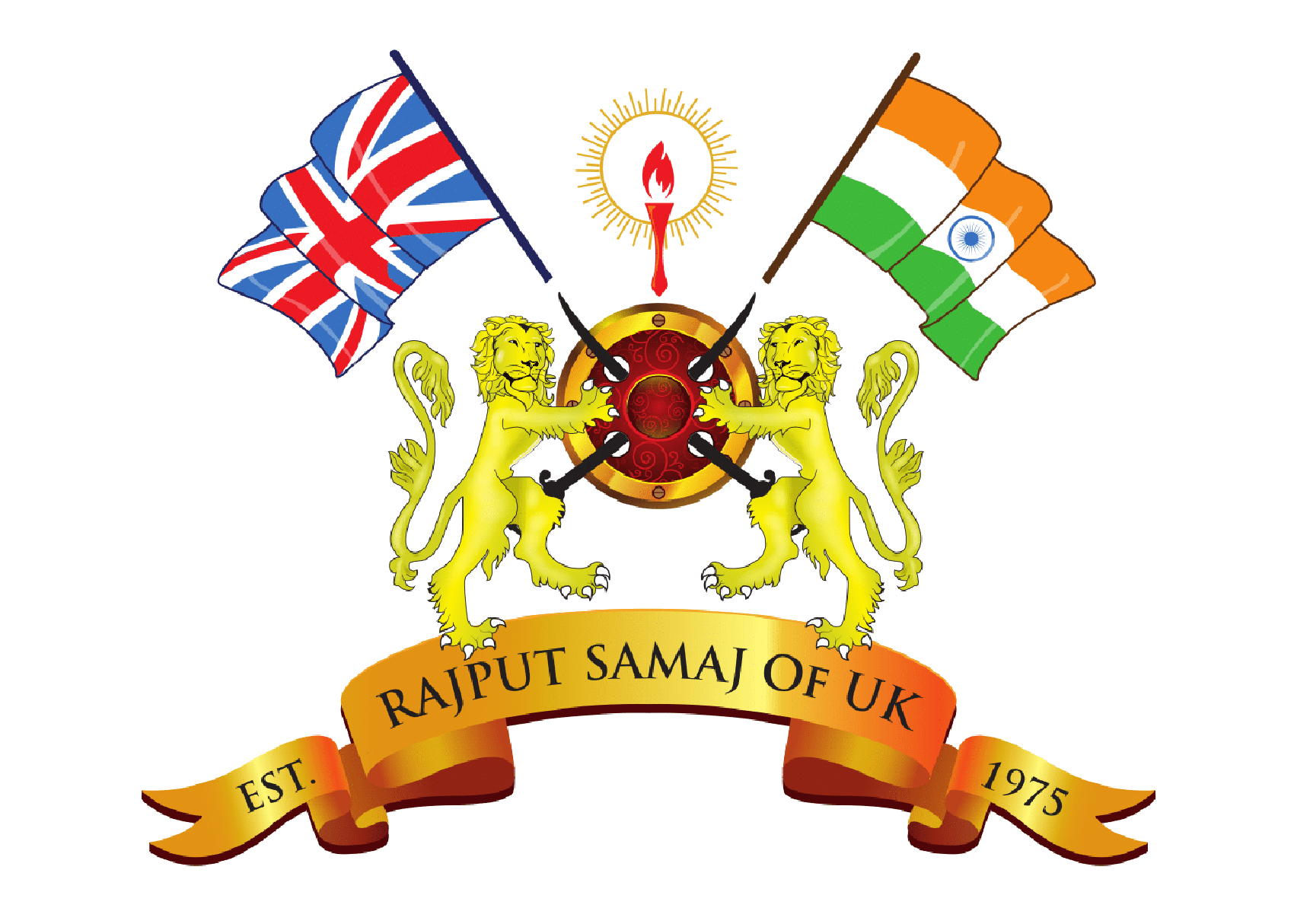History of Chavda
The Chavda dynasty (Chawda, Chavada, Chapa, Chaparana, Chapokata) was a Hindu Kshatriya family line that ruled what is now northern Gujarat from 746 to 942.
History
Chavada Dadda, the founder of Pratihara dynasty, established the Gurjar rule at Nandipur (Nandol). Dadda III wrested Broach from the Maitraks whose citadel had started shaking. In fact, there were three powerful dynasties which were ruling different parts of Gujarat: the Gurjars had their sway over the north, the Chalukyas ruled the south and the Maitraks were saddled in Saurashtra.
The vaccum created by the fall of the Maitrak dynasty was filled up by the Pratiharas from the north and Rashtrakutas from the south. As vassals of the Valabhis (from the town of Valabhis or Vala, where the Guhilot ruled and is related to Bhavnagar Palitana and Lathi), the Chavadas held their sway over parts of north Gujarat. They assumed independent control after the fall of Valabhi. Vanraj, the most prominent of the eight Chavada kings, founded a new capital at Anhilpur Patan. he reconquered his father’s lost territories and founded the Chavada dynasty which lasted a shade under a century. In the 14th century Mesaji ruler of this dynasty founded Mahasana in Gujrat.
Samantsinh, the last Chavada ruler, did not have an issued and he adopted Mulraj who overthrew him in 942 AD and set up what came to be known as the Solanki dynasty. Ambitious as he was, he started expanding his frontiers and established his complete and total hold over Saurashtra and Kachch by defeating Grahripu of Junagadh (Saurashtra) and Lakho Fulani of Kachchh.
Mulraj Solanki’s reign marked the start of the most glorious period in the history of Gujarat during which Gujarati culture flowered as manifested in art, architecture, language and script. It is described as the golden period in Gujarat chequered history. Mulraj himself adopted the title of Gurharesh (King of Gurjardesh). The territories under the sway of the Solanki dynasty came to be known by different variations of the word Gurjar like Gurjardesh, Gurjararastra, Gurjaratta and finally Gujarat.
Two names stand out in the Solanki dynasty. The fiest is that of Sidhrag Jayasinh who ruled for 47 years from 1094 A.D. and the second prominent Solanki King Kumarpala’s reign lasted for 31 years from 1143 to 1174 AD Apart from Saurashtra and Kachchh, Sidhraj Jaysinh also conquered Malwa.
One of the favourite legends with the Gujarat Bards is woven round the siege of Junagadh by Sidhraj Jaysinh. The fort was ultimately captured by hims along with Ranakdevi, the Queen of the ruler Rakhengar. However, in the true tradition of the Rajputs, Ranakdevi preferred to become a ‘sati’ rather than marry Sidharaj Jaysinh who was persuaded to allow Ranakdevi to commit ‘Sati’ by burning herself on a pyre at Wadhavan.
The town of Arjya in Bhilwara District, 150 km. from Udaipur; was ruled by the Chavda clan. Maharana Jawan Singh’s maternal uncle, Jagat Singh of Barsora in Mahikantha, Gujarat. Had two sons, Kuber Singh and Jalam Singh came to Udaipur with Maharana Jawan Singh and were granted, jointly, the jagirs of Aarjya and Kaladwas.
